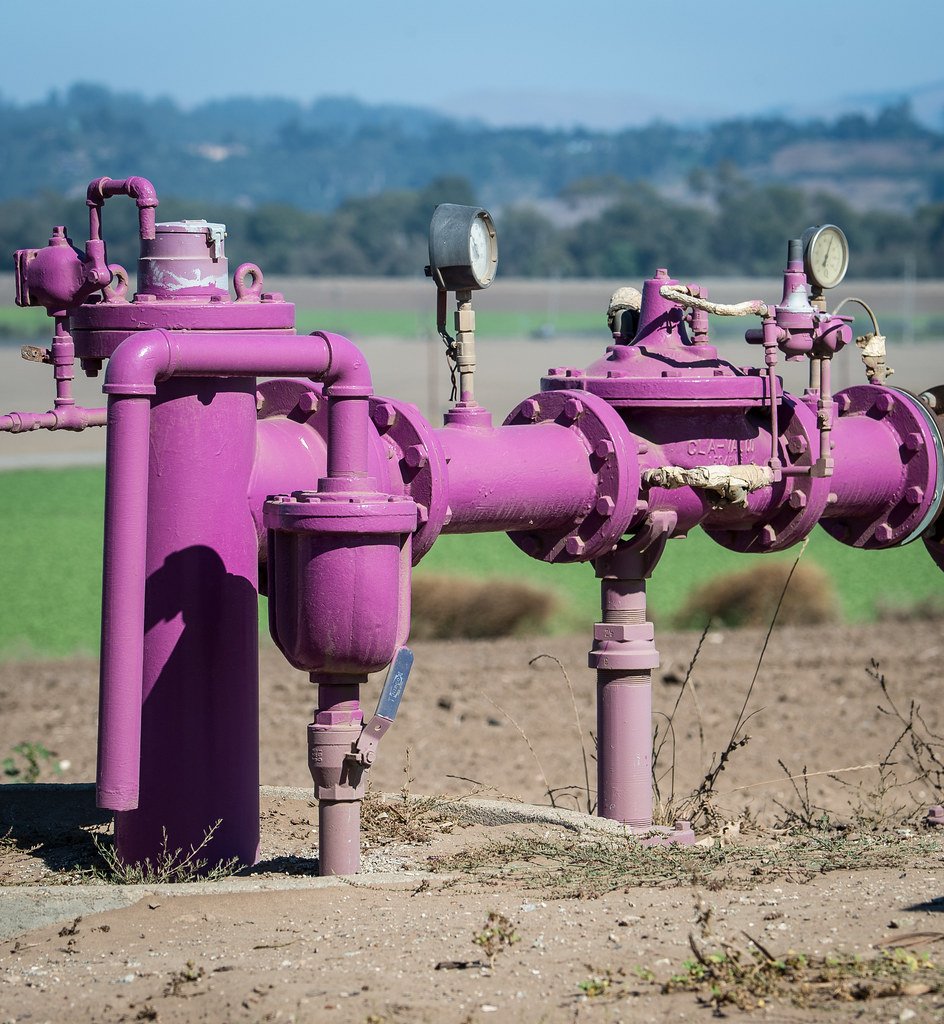From the southeast coast of the United States to Bangladesh, rising sea levels due to climate change are causing a troubling phenomenon called “saltwater intrusion”.
Irrawaddy Delta, Myanmar, where the rivers meet the Andaman sea. European Space Agency. CC BY-SA 2.0.
In normal conditions, freshwater sources move towards the ocean, preventing salt water from the ocean from contaminating fresh drinking water sources. Unfortunately, because of climate change, rising sea levels have interfered with this natural process. Saltwater making its way into fresh water sources is called “saltwater intrusion” and is far more insidious than it may seem. This is because it happens slowly, and the amount of salt in drinking water isn’t harmful. However, saltwater intrusion is an ongoing problem that won’t stop without governmental interference, and it has reached dangerous levels in certain places around the world already.
The southeast coast of the United States has already had to take action against saltwater intrusion. Coastal towns suffer not only from wells being contaminated, but also from flooding due to rising sea levels, making the issue in general more pressing. The town of Hilton Head, South Carolina has spent $129 million combating this issue in the past 24 years, and officials predict spending around $80 million more in the next 20 years. But many communities don’t have the funds to do so. In the United States, coastal towns tend to either be low-income rural areas or wealthy tourist destinations such as Hilton Head. The wealthier towns can afford to spend millions on this problem to sustain not only their drinking water supply, but also their water supply meant for maintaining lawns and golf courses. Poorer communities are a stark contrast to this, because not only is their concern safe drinking water as opposed to keeping their lawns green, but additionaly, their local governments cannot afford to remedy the problem, placing the onus on individuals, who cannot afford it. Many homes on the southeast coast of the U.S. get water from their own wells, and installing the necessary “reverse osmosis system” for an entire household can cost up to $20,000. Often, residents of these towns cannot afford that, leaving them completely defenseless to water that is slowly being poisoned.
Pipes that transport reduced-salt water from the Pajaro Valley Water Management Agency in Watsonville, California. U.S. Department of Agriculture. Public Domain.
This problem is affecting coastal communities around the entire world. Just like within the United States, class disparities exacerbate the effects. However, it is not only an environmental issue and a class issue; it is also a women’s rights issue. On the coasts of Bangladesh, it is common practice for women from low-income households to wash reusable sanitary pads in fresh-water sources as opposed to buying single-use menstrual products. The water in which they wash their pads used to be fresh and clean, but now it is extremely salty as a result of saltwater intrusion from rising sea levels. Saltwater is not only unhealthy to ingest, but if sanitary products are washed in it, it can also lead to dangerous and painful uterine diseases . This leaves women in these areas with two bad choices: expose themselves to uterine disease, or misuse birth control pills against the advice of medical experts to prevent themselves from getting their periods at all. Many of the women opting to use birth control as a method of preventing their periods are teenage girls, who have seen the effects that uterine diseases have had on their mothers and the older women in their families. Doctors say that repeatedly using certain types of birth control incorrectly as a means of skipping your period can lead to fertility issues—a consequence that will likely become more prevalent in coastal Bangladesh in the coming years. Many people may think that buying single-use sanitary pads is the best option, but for many families, the expense makes this option simply impossible.
Pads and tampons at the United Way Period Promise project. Province of British Columbia photos. CC BY-NC-ND 2.0.
Get Involved
The issue of saltwater intrusion is a tricky one to get involved in solving, as it stems from the larger crisis of rising sea levels. While there unfortunately is not much that any one individual can do to stop rising sea levels, typical sustainability efforts can be useful. These include using less water for unnecessary reasons, reducing your carbon footprint and supporting companies that are committed to reducing their carbon footprint as much as possible. But ultimately, large corporations and governments are the entities that will need to fix this problem. In terms of helping those affected by saltwater intrusion, donating money, time or supplies to organizations that support those affected by extreme weather is a good start. One climate emergency relief program is the Climate Emergency Fund. Additionally, there are many organizations that send menstrual products to women in areas where they are not widely available. UNICEF has a program that sends menstrual products to women in Bangladesh specifically, but there are many organizations which send menstrual products to a variety of different places, such as PERIOD and The Pad Project.
Calliana Leff
Calliana is currently an undergraduate student at Boston University majoring in English and minoring in psychology. She is passionate about sustainability and traveling in an ethical and respectful way. She hopes to continue her writing career and see more of the world after she graduates.




